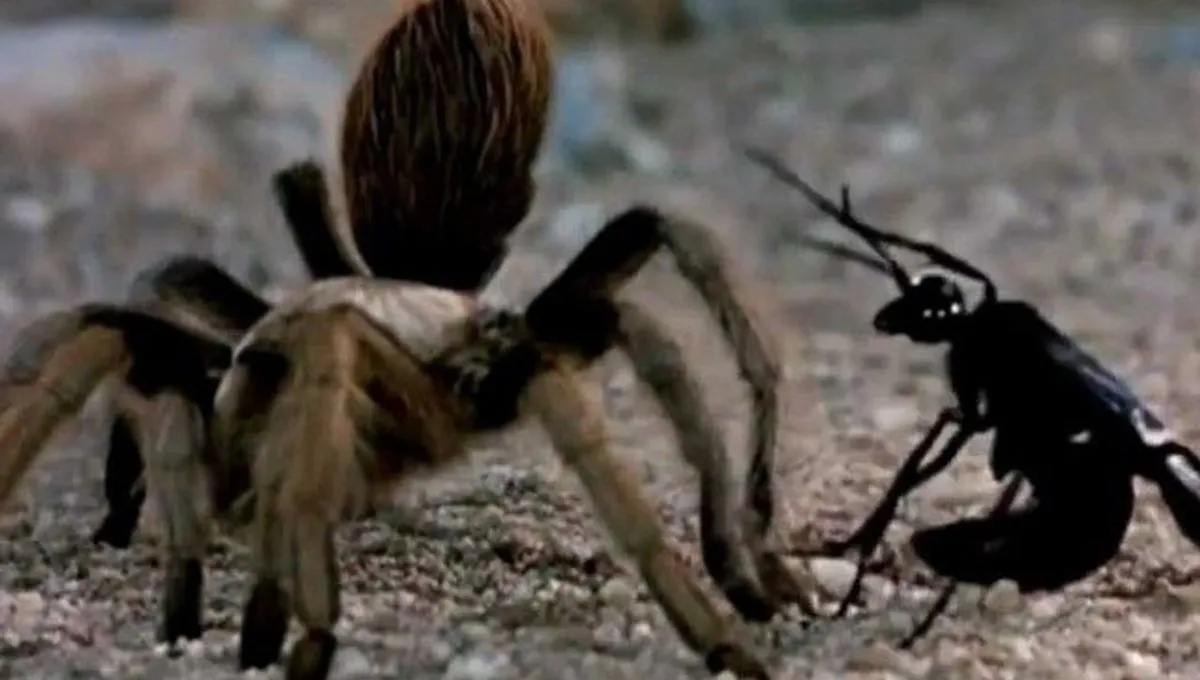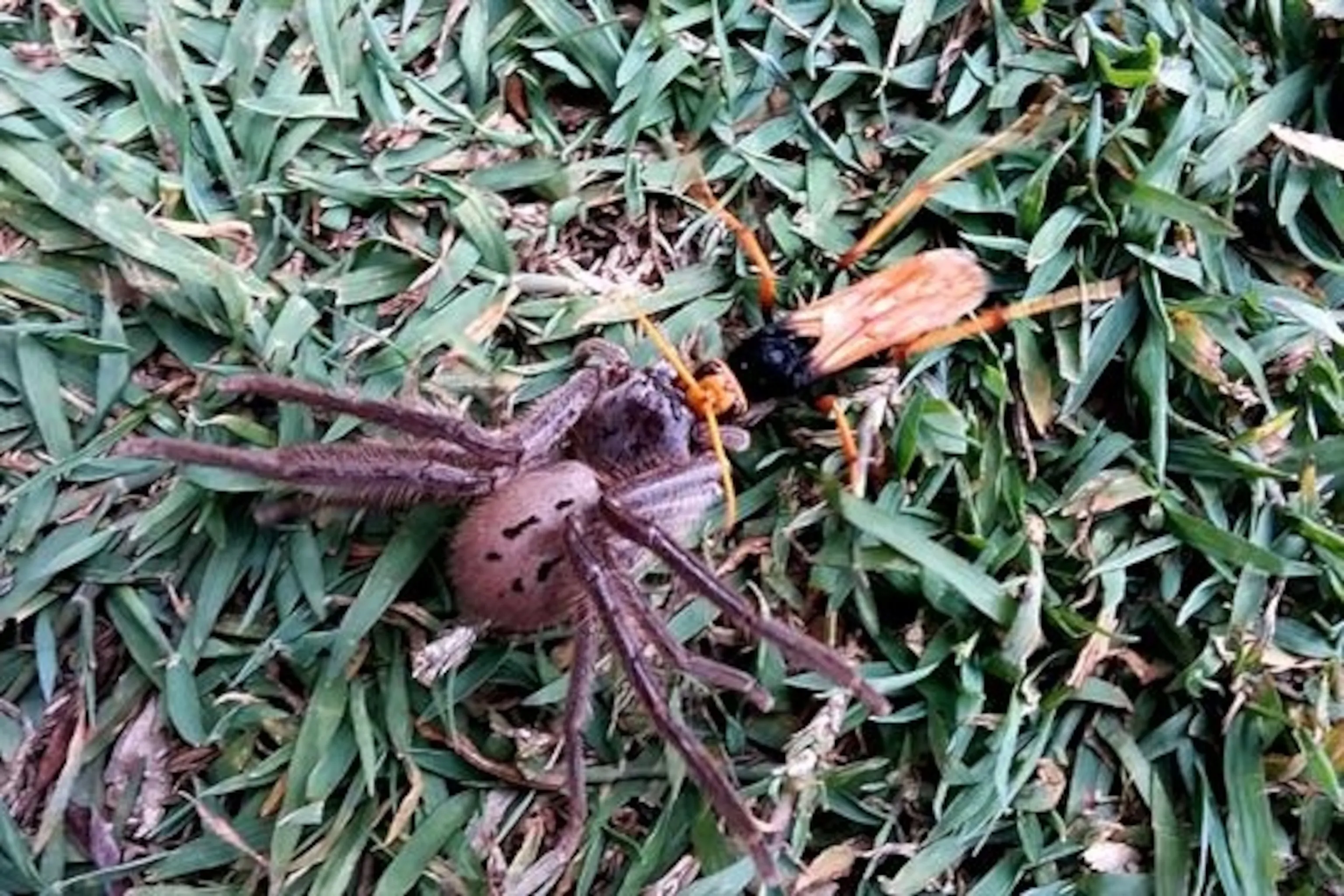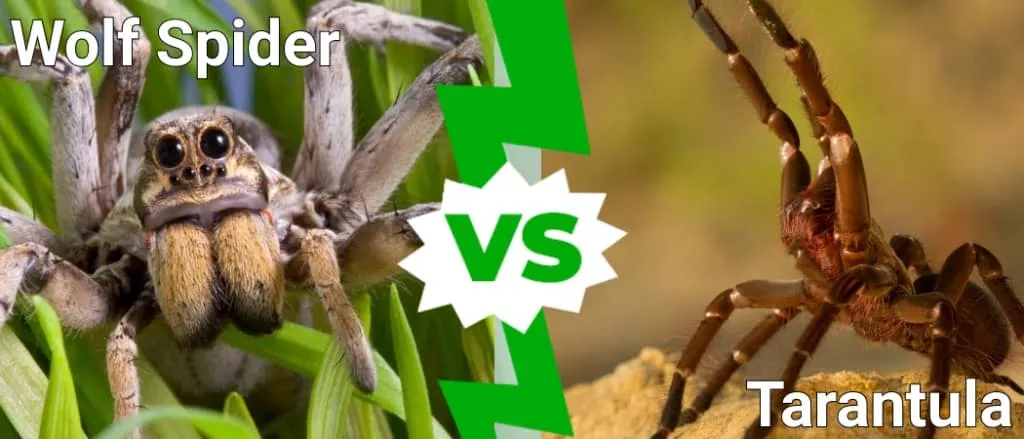The Tarantula’s World
Tarantulas, large and often hairy spiders, are captivating creatures that evoke both fascination and fear. These impressive arachnids belong to the Theraphosidae family, encompassing a vast array of species found across the globe. Their imposing size, coupled with their often-vibrant coloration, makes them stand out in their natural habitats. These spiders have captivated humans for centuries, playing roles in myths, legends, and modern scientific studies. Understanding the tarantula’s world is essential for appreciating the drama that unfolds when they encounter their formidable adversary, the spider wasp. Their existence is one of patient hunting and strategic survival, making them a compelling subject of study and observation.
What Are Tarantulas?
Tarantulas are among the largest spiders in the world, known for their size and often-hairy appearance. They are primarily nocturnal hunters, using their fangs to inject venom and subdue their prey. They are ambush predators, often waiting patiently for unsuspecting insects, small mammals, or other creatures to wander within striking distance. Their life cycle includes a long lifespan, with females often living for decades, while males have shorter lifespans. Tarantulas play a significant role in their ecosystems, helping to control insect populations and serving as a food source for larger predators. They are found across a range of habitats, from deserts to rainforests, showcasing their adaptability.
Tarantula Physical Characteristics

Tarantulas possess a distinct anatomy, characterized by a large body divided into two main segments: the cephalothorax (fused head and thorax) and the abdomen. Their bodies are covered in a hairy exoskeleton, which provides protection and sensory input. They have eight legs, each equipped with claws for climbing and gripping. Their chelicerae, or fangs, are used to inject venom, and their pedipalps serve as sensory organs and tools for manipulating food. Coloration varies widely among species, with some displaying vibrant hues and patterns. The size of tarantulas varies greatly, with some species reaching impressive leg spans exceeding ten inches. (Image tarantula-physical-characteristics.webp)
Tarantula Habitat and Diet
Tarantulas inhabit diverse environments, from tropical rainforests to arid deserts, adapting to the unique conditions of their surroundings. They are often found in burrows, under rocks, or in other concealed locations. Their diet consists primarily of insects, but larger species may also consume small vertebrates such as lizards, frogs, and even small birds. They are opportunistic feeders, waiting for prey to come within reach before launching a swift attack. Their hunting strategy involves ambushing their target, injecting venom, and then using their chelicerae to break down the prey for consumption. Their feeding habits play an essential role in maintaining the ecological balance of their habitats.
The Spider Wasp’s Realm
Spider wasps, belonging to the Pompilidae family, are solitary wasps known for their hunting prowess and the unusual way they provide for their young. These wasps are not social insects like bees or ants; they live and hunt alone. They are easily identified by their long legs and often striking coloration, featuring a combination of black, blue, or orange hues. The spider wasp’s life revolves around finding and paralyzing spiders, including the formidable tarantula. They then use the spider as a living host for their larvae, a remarkable example of parasitism. The spider wasp’s existence is one of incredible precision and specialization. (Image spider-wasp-flying.webp)
What Is a Spider Wasp?

Spider wasps are solitary wasps renowned for their hunting behavior, specifically targeting spiders. They range in size from small to relatively large, with striking colors that often serve as a warning to potential predators. These wasps have a venomous sting used to paralyze their prey. Their primary goal is to capture a spider and then use it as a host for their eggs. The spider wasp’s behavior is a testament to the incredible diversity of life on Earth. Spider wasps are highly specialized predators, each species often focusing on a particular type of spider. They can be found in various habitats where spiders are prevalent, from deserts to forests.
Spider Wasp Physical Characteristics
Spider wasps are easily identifiable by their slender bodies, long legs, and often vibrant coloration. They possess a pair of wings, enabling them to fly swiftly. Their bodies are segmented into three main parts: the head, thorax, and abdomen. The head houses the eyes, antennae, and mouthparts. The thorax supports the legs and wings. The abdomen contains the sting and reproductive organs. Their long legs are particularly adapted for walking on the ground and maneuvering during hunting and stinging. (Image spider-wasp-flying.webp)
Spider Wasp Habitat and Diet
Spider wasps are found in a wide variety of habitats, wherever their spider prey is available. This includes grasslands, forests, deserts, and suburban areas. Their diet consists primarily of nectar and other sugary substances. Adult spider wasps feed on nectar from flowers, providing them with energy for flight and reproduction. The primary focus of the adult spider wasp is to locate, paralyze, and use spiders as a food source for their offspring. Their success depends on their ability to find spiders, paralyze them with precision, and lay their eggs in a secure location.
Fact 1 A Deadly Duel

The encounter between a tarantula and a spider wasp is a clash of titans, a survival game where the stakes are incredibly high. The spider wasp actively hunts the tarantula, seeking to paralyze it and use it as a host for its eggs. The wasp’s strategy involves a precise attack, often targeting the tarantula’s vulnerable areas. The tarantula, in turn, defends itself using its formidable fangs, urticating hairs, and sheer size. The battle is a remarkable display of adaptation and predatory behavior. It’s a duel that reveals the intricate relationships between predators and prey in the natural world. (Image spider-wasp-and-tarantula-fight.webp)
The Spider Wasp’s Attack Strategy
The spider wasp’s hunting strategy is a remarkable example of precision and efficiency. The wasp begins by locating a tarantula, often by scent. It then approaches the tarantula cautiously, seeking an opportunity to strike. The wasp will attempt to sting the tarantula, aiming for its nerve centers to paralyze it. The spider wasp must avoid being bitten or otherwise harmed by the tarantula’s defenses. The attack requires swift movements and careful planning to ensure the wasp’s survival. It is a carefully orchestrated sequence designed to immobilize the much larger and stronger tarantula. The spider wasp’s success depends on its ability to deliver a paralyzing sting.
Fact 2 The Venom’s Power
The spider wasp’s venom is a potent neurotoxin, designed to paralyze its prey. The venom is injected into the tarantula’s nervous system, causing paralysis. This paralysis allows the wasp to subdue the tarantula without killing it. The venom is crucial for the wasp’s survival, as it prevents the tarantula from fighting back or escaping. The venom’s effects are long-lasting, ensuring the tarantula remains immobilized while the wasp lays its eggs. The venom allows the spider wasp to take control of the much larger and stronger tarantula, highlighting the power of chemical warfare in the animal kingdom. (Image spider-wasp-injecting-venom.webp)
How Spider Wasp Venom Works

The spider wasp’s venom acts primarily on the tarantula’s nervous system, disrupting the transmission of signals between nerve cells. This disrupts the motor functions, leading to paralysis. The venom affects the sodium channels in the tarantula’s nerves, causing them to become inactive. The paralysis is typically not fatal, allowing the tarantula to remain alive but immobile. This allows the wasp to lay eggs on the paralyzed tarantula, providing a fresh food supply for the wasp larvae. The venom’s composition is complex, consisting of a mixture of enzymes and other chemicals that target the tarantula’s nervous system.
Fact 3 The Tarantula’s Defense
Tarantulas are not defenseless against spider wasps, they have several ways to defend themselves. Tarantulas possess sharp fangs, which they can use to bite and attempt to injure the wasp. Some tarantulas have urticating hairs, which they can flick at their attackers. These hairs cause intense itching and irritation, deterring potential predators. The tarantula’s size and strength also play a role in defense, as they may be able to overpower or evade the wasp. (Image tarantula-defenses.webp)
Tarantula’s Natural Defenses
Tarantulas have evolved various defenses to protect themselves from predators. Their primary defense is their size and strength. Their fangs are capable of delivering a painful bite. Many tarantulas possess urticating hairs on their abdomen, which they can flick toward attackers, causing severe irritation. These hairs can be a significant deterrent, driving away potential predators. Some species also have the ability to autotomize, or shed, a leg if they are attacked, allowing them to escape. They will also attempt to flee when confronted. Tarantulas also utilize camouflage to blend in with their surroundings, helping them to avoid detection.
Fact 4 The Aftermath

Once the spider wasp has paralyzed the tarantula, it drags the spider to a nest or burrow. The wasp then lays a single egg on the tarantula’s abdomen. The wasp larva hatches and feeds on the paralyzed tarantula, consuming it from the outside in. This process continues until the larva pupates and transforms into an adult spider wasp. This cycle of parasitism ensures the spider wasp’s survival and propagation. This is a gruesome but fascinating example of predator-prey interaction, showcasing the delicate balance of nature. (Image spider-wasp-laying-eggs.webp)
Spider Wasp’s Parenting
Spider wasps exhibit a unique form of parental care. After paralyzing the tarantula, the wasp carefully lays a single egg on the spider’s abdomen. The wasp then seals the spider in a nest or burrow, leaving the paralyzed tarantula as a food source for the hatching larva. The larva will feed on the spider, growing and developing until it pupates. Once the larva is fully grown, it spins a cocoon within the spider’s body. The adult spider wasp emerges from the cocoon, ready to repeat the cycle. This strategy ensures that the wasp’s offspring have a readily available food source and a safe environment for development.
Fact 5 Geographical Differences
The distribution of tarantulas and spider wasps varies depending on the species and their specific habitat requirements. Tarantulas can be found on every continent except Antarctica. Spider wasps have a wide geographical range, corresponding to the distribution of their spider prey. The specific species of tarantulas and spider wasps encountered in a given area depend on the climate, vegetation, and other environmental factors. The interactions between these creatures can vary depending on their geographical location. The study of their distribution helps us understand how these species have adapted to different environments. (Image spider-wasp-geographic-distribution.webp)
Where These Creatures Live

Tarantulas and spider wasps are found in many different habitats across the globe. Tarantulas are most commonly found in tropical and subtropical regions, although some species are adapted to more arid environments. Spider wasps have a broader distribution, as they are found wherever suitable spider prey exists. These can include deserts, grasslands, forests, and even urban areas. The precise geographical distribution depends on the specific species and their ecological needs. Their presence can be an indicator of the health of the local ecosystem. Observing where these creatures live provides insight into the complexities of nature.
